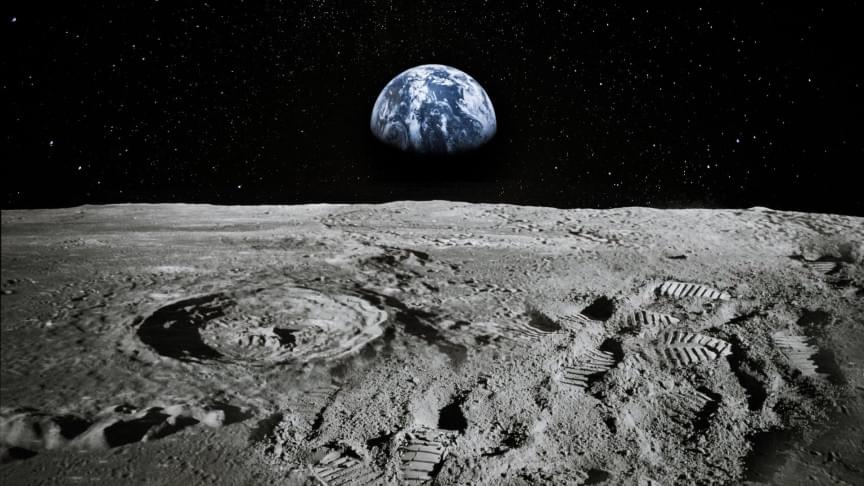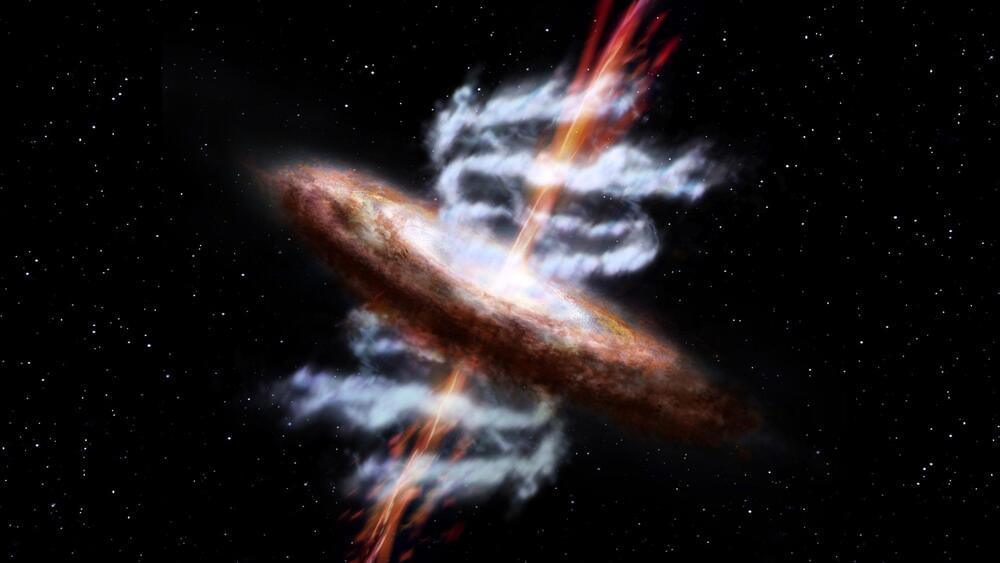May 12, 2022
Sagittarius A* black hole pictured, proving Einstein right 100+ years on
Posted by Shubham Ghosh Roy in category: cosmology
The supermassive black hole, which weighs as much as 4.3 million suns, is only the second ever to be imaged.
The supermassive black hole, which weighs as much as 4.3 million suns, is only the second ever to be imaged.
Researchers have used a widespread species of blue-green algae to power a microprocessor continuously for a year—and counting—using nothing but ambient light and water. Their system has potential as a reliable and renewable way to power small devices.
The system, comparable in size to an AA battery, contains a type of non-toxic algae called Synechocystis that naturally harvests energy from the sun through photosynthesis. The tiny electrical current this generates then interacts with an aluminum electrode and is used to power a microprocessor.
The system is made of common, inexpensive and largely recyclable materials. This means it could easily be replicated hundreds of thousands of times to power large numbers of small devices as part of the Internet of Things. The researchers say it is likely to be most useful in off-grid situations or remote locations, where small amounts of power can be very beneficial.
A biotech threat intelligence group is gaining supporters as urgency mounts around an overlooked vulnerable sector.
The National Oceanic and Atmospheric Administration (NOAA) has shared the first images from its recently deployed GOES-18 weather satellite.
The stunning captures (below) were obtained by the satellite’s Advanced Baseline Imager (ABI) instrument as it orbited about 22,000 miles above Earth.
The ABI observes Earth via sixteen different channels. Each one detects energy at different wavelengths along the electromagnetic spectrum, enabling it to gather data on Earth’s atmosphere, land, and oceans. According to NOAA, data from ABI’s channels can be combined to create imagery known as GeoColor, which looks similar to what the human eye would see from space. Analyzing the data in different ways enables meteorologists to highlight and examine various features of interest.

The chemical composition and presence of metallic fragments also make lunar soil-less suitable for plant growth as compared to volcanic ash. However, the biggest takeaway from this experiment is still that scientists have somehow grown a plant in a soil sample taken from the Moon.
Emphasizing the importance of this result co-author and geologist Stephen Elardo said, from a geology standpoint, I look at this soil as being very very different from any soil you will find here on Earth. I think it’s amazing the plant still grows, right. It’s stressed, but it doesn’t die. It doesn’t fail to grow at all, it adapts.
Continue reading “Study reveals lunar soil can support plant growth” »

Update: Meet Sagittarius A — Astronomers Reveal First Image of the Black Hole at the Heart of the Milky Way Today (May 12, 2022) at 9:00 a.m. EDT (6:00 a.m. PDT, 15:00 CEST) The European Southern Observatory (ESO) and the Event Horizon Telescope (EHT) project will hold a press conference to pres.
Update: Stunning Reveal: First Image of the Black Hole at the Center of Our Milky Way Galaxy
System represents a breakthrough in the real-life applicability of biophotovotaic devices.
Microprocessors can be powered using photosynthetic microorganisms in ambient light without the need for an external power source, new research shows. Led by Emre Ozer from Arm and Christopher Howe from the University of Cambridge, researchers in the UK, Italy and Norway introduced cyanobacteria Synechocystis sp. PCC6803 into an aluminium–air battery to create a biophotovoltaic device. The device is a similar size to an AA battery, is made from durable and mainly recyclable materials and does not require a dedicated light source to function. It is the first reported bioelectrochemical system capable of continuously powering a microprocessor outside of laboratory-controlled conditions.
‘We decided that we didn’t want to operate the system with a dedicated source of energy. We needed to prove that we can operate under ambient light, and we were able to do it,’ comments Paolo Bombelli, one of the lead researchers from the University of Cambridge.
Continue reading “Photosynthesis used to power a microprocessor for over six months” »
Over the past decades, electronics engineers and material scientists worldwide have been investigating the potential of various materials for fabricating transistors, devices that amplify or switch electrical signals in electronic devices. Two-dimensional (2D) semiconductors have been known to be particularly promising materials for fabricating the new electronic devices.
Despite their advantages, the use of these materials in electronics greatly depends on their integration with high-quality dielectrics, insulating materials or materials that are poor conductors of electrical current. These materials, however, can be difficult to deposit on 2D semiconductor substrates.
Researchers at Nanyang Technological University, Peking University, Tsinghua University, and the Beijing Academy of Quantum Information Sciences have recently demonstrated the successful integration of single-crystal strontium titrate, a high-κ perovskite oxide, with 2D semiconductors, using van der Waals forces. Their paper, published in Nature Electronics, could open new possibilities for the development of new types of transistors and electronic components.
For a human, one of the first signs someone is getting old is the inability to remember little things; maybe they misplace their keys, or get lost on an oft-taken route. For a laboratory mouse, it’s forgetting that when bright lights and a high-pitched buzz flood your cage, an electric zap to the foot quickly follows.
But researchers at Stanford University discovered that if you transfuse cerebrospinal fluid from a young mouse into an old one, it will recover its former powers of recall and freeze in anticipation. They also identified a protein in that cerebrospinal fluid, or CSF, that penetrates into the hippocampus, where it drives improvements in memory.
The tantalizing breakthrough, published Wednesday in Nature, suggests that youthful factors circulating in the CSF, or drugs that target the same pathways, might be tapped to slow the cognitive declines of old age. Perhaps even more importantly, it shows for the first time the potential of CSF as a vehicle to get therapeutics for neurological diseases into the hard-to-reach fissures of the human brain.
